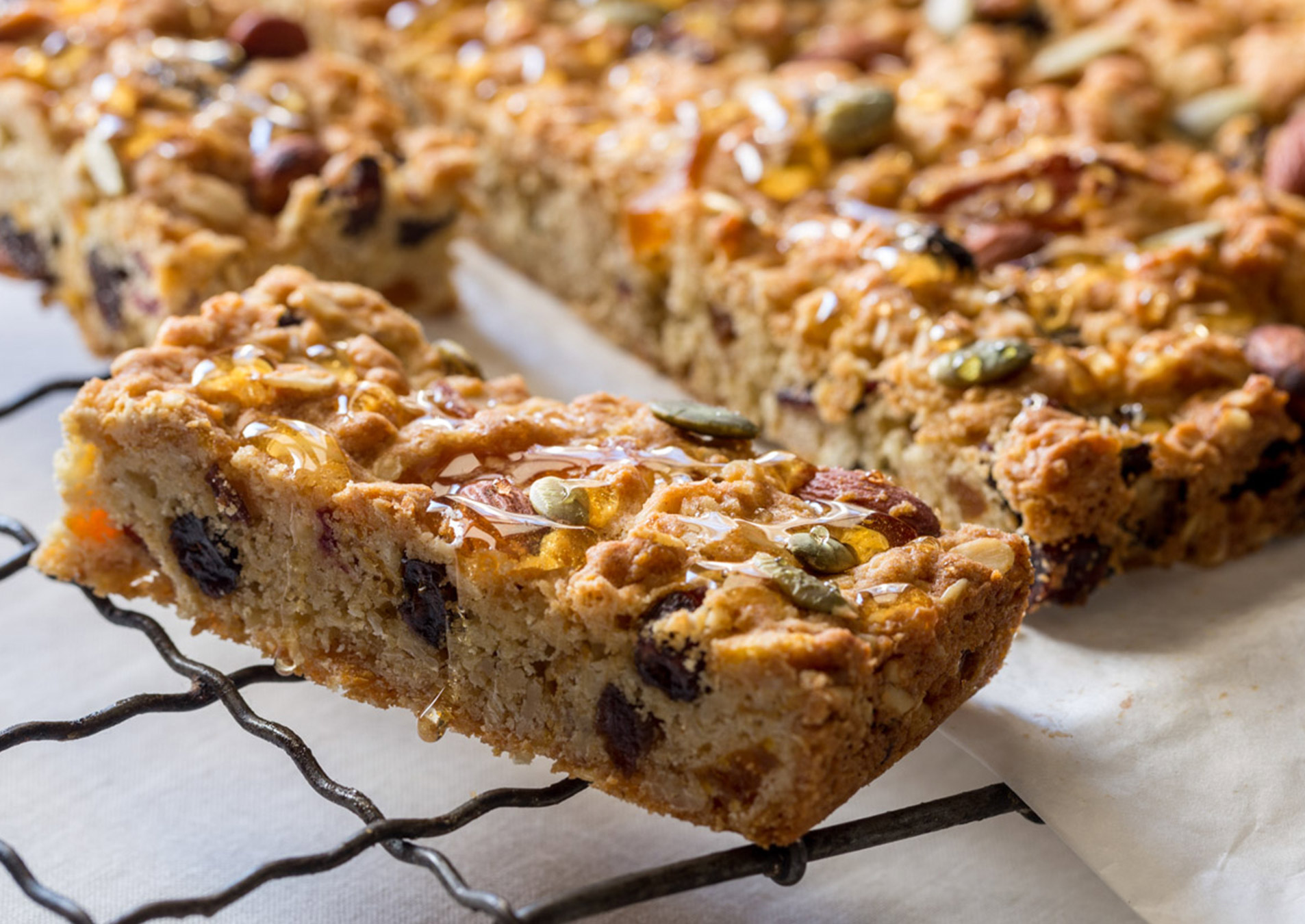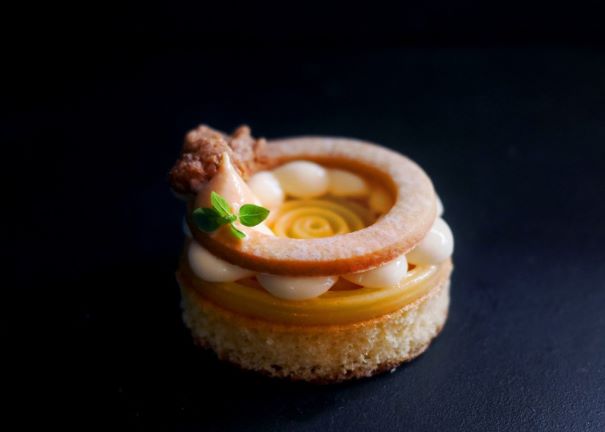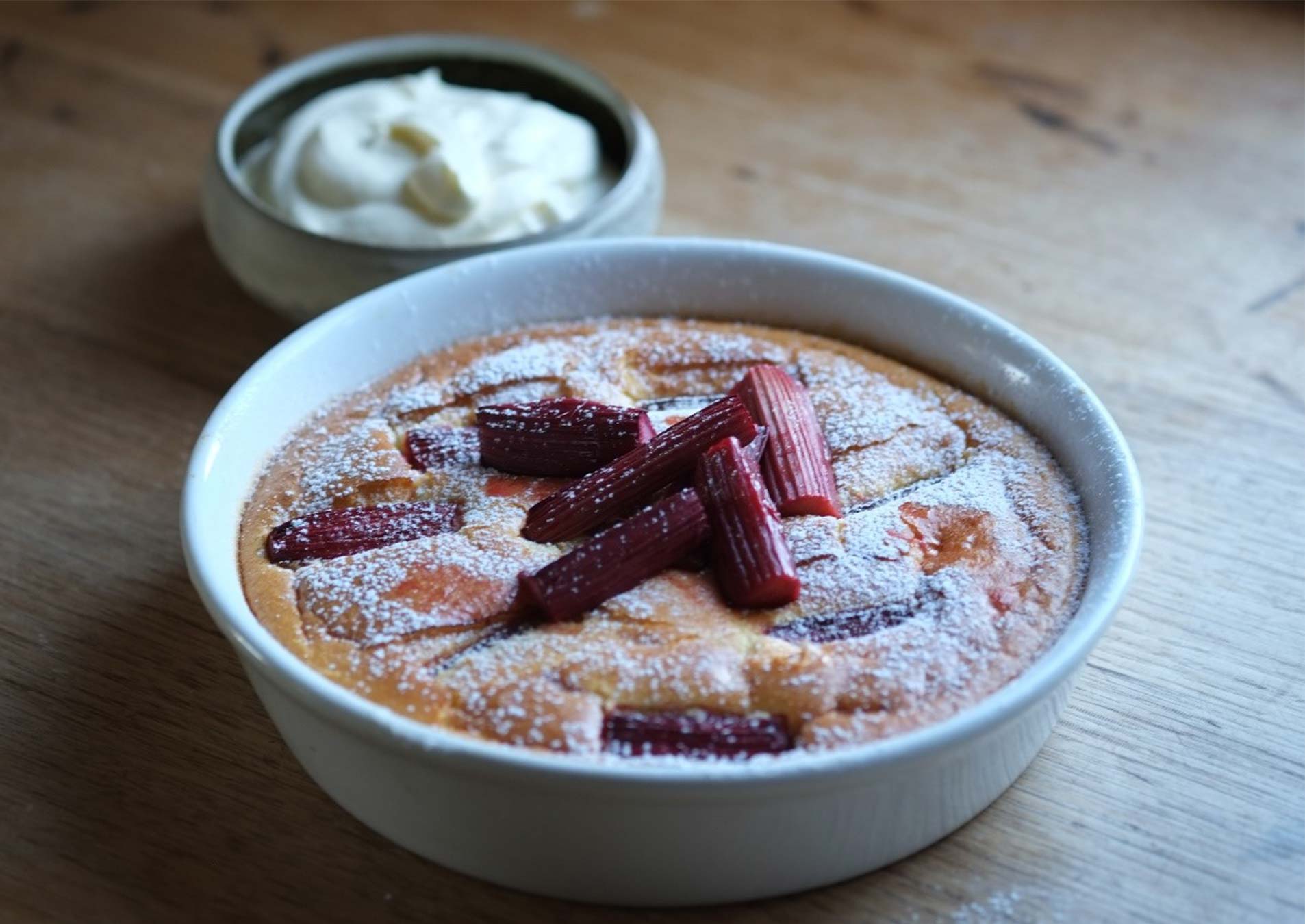
https://westgold.com/
Article content
"As a cook or chef you used your senses – touch, sight, sound, and smell- to roast, grill and bake dishes and items to perfection."
Some cuisines have always included it, but it does seem that a growing trend in commercial kitchens around the world is the use of charcoal/wood as a cooking medium either instead of or alongside electricity and gas. Noticeably several restaurants opening recently are including charcoal and/or wood fired grills and ovens in their kitchen design. These range from fairly standard grills where food is cooked under the direct heat of grill bars to Argentinian style grills involving fire on one side with the food cooked on the other as an indirect heat method to enable the longer, slower cooking of larger cuts of meat. And then there are the Japanese Hibachi grills positioned at the back of stove tops for quicker cooking the likes of brochettes and sates.
A full circle perhaps. Whether it was the rubbing of two sticks together that inadvertently led to human’s discovering an ability to harness fire or the luck of a flash of lightening we have literally evolved with fire. First using it as a heat source to stay alive we then very possibly also ‘accidently’ discovered that some food tasted better after a good toasting or roasting. At a more evolutionary level this made certain nutrients more easily digested and bioavailable enhancing our brain development and eventually putting us at the top of the food chain.
Although the ‘new’ trend for using wood and charcoal seems very adventurous of chefs running fine dining restaurants, in the scheme of things ‘evolutionary wise’ gas and electricity have only been used momentarily. It was not long ago that all cooking from palaces and stately homes to country cottages required using fire fuelled by wood or charcoal as the medium. There were no temperature gauges or flame or heat control knobs. As a cook or chef you used your senses – touch, sight, sound, and smell- to roast, grill and bake dishes and items to perfection. Indeed, when cooking in my wood fired oven I have learnt to assess the temperature by how quickly the hairs on the backs of my hands curl!
Every country and culture has evolved its own particular style and traditions of cooking with fire. In New Zealand and other parts of the Southern Hemisphere – Australia, South Africa, South America - it is the Barbeque (BBQ) or Braai (if you are South African). In New Zealand few homes are without them. BBQs are strongly associated with summer, social gatherings and the beach. As a child growing up in a beachside suburb of the city we could invariably be found on the beach catching fish or collecting shellfish such as green lipped mussels and clams to cook over a fire made from gathered driftwood. It was almost a ritual. Pretty much like our ancestors.
In New Zealand American Pitmaster style cooking seems to be becoming increasingly popular as people experiment with long slow cooking and the concoction of brines, rubs and sauces starting out with traditional ingredients and branching out to locally sourced items such as Kawakawa to add a touch of indigenous spiciness and flavour. I recently bought myself a charcoal grill with a lid from an American Pitmaster who has set up business locally. The lid aspect of it was attractive to me as it allows for slow cooking with indirect heat. I have been intrigued with charcoal made from olive pips, not just the sustainability being a draw card but the fact that it produces good heat with very little smoke. I have been experimenting with adding apple, plum and macadamia wood from orchard pruning’s to lightly smoke food adding extra nuances and elements of flavour.
From a professional perspective fire and smoke provide food with different flavour and textural profiles compared to that cooked with gas and electricity. And, perhaps for those weary of more ‘molecular’ techniques can add a different type of complexity especially with the use of brines and rubs etc. A ‘by invitation’ long lunch recently hosted by a well-known fining dining chef involved whole lambs splayed on racks cooking over open fire-pits. Just the other week I helped out as an ‘extra hand’ for a city fine dining restaurant which in following the city folk north to their summer holiday destinations was staging a ‘pop-up’ at a local luxury resort. The main cooking equipment was a wood burning stove (Aga) and pizza oven. For the young chefs used to gas and electricity this was a somewhat daunting new game. As a chef it is a different skill set. You can’t just turn a knob up and down at will to control the heat and set a timer. You need to constantly assess and nurture the fire to the temperature required for whatever you are cooking. The control of the fire also affects the order in which you cook things not to mention whether you are cooking some dishes or items over direct heat or embers or simply using residual heat.
From a personal perspective I enjoy the simplicity of cooking food with fire. It is all about celebrating the basic ingredients themselves. There is no overplaying, deconstructing and then reconstructing. It is about retaining and enhancing natural textures and flavours. Or perhaps I am just getting old!
Of course, when cooking over fire one immediately thinks of meat, but often the starring dishes on our table are those involving vegetables and fruit. I have never been a fan of broccoli, broccolini I like, but broccolini grilled is a culinary delight. It is not uncommon in our house when enquiring what is desired for dinner to hear the response ‘just grilled broccolini please’. It goes like this:
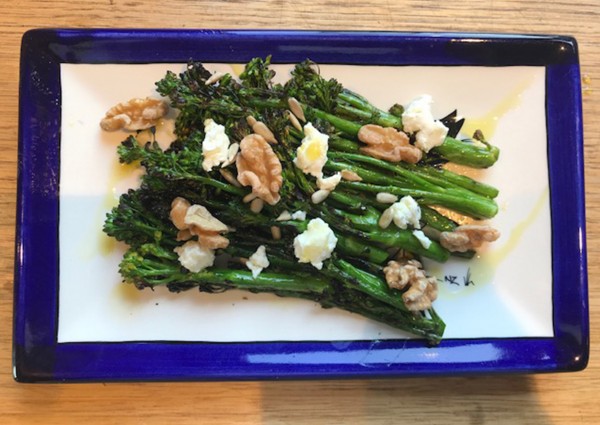
Broccolini spears, cut in half if the stems are thick
Olive oil
Sea salt
Fresh ground pepper
A few drops of good balsamic vinegar
Toss all together to ensure the stems are evenly coated.
Grill over hot grill bars, turning, until the edges are slightly charred.
Dress the charred Broccolini up or down depending on whether it is an accompaniment, a side dish or, as intimated above, the main event:
- Drizzled with:
- Westgold butter
- Truffle mayonnaise
- Dijonaise
- Crumbled goat’s cheese or blue cheese or grilled haloumi
- Crumbled goats or blue cheese plus toasted walnuts or almonds or hazelnuts
- On a bed of pea puree, sprinkled with goats or blue cheese, and chilli caramelised walnuts or almonds.
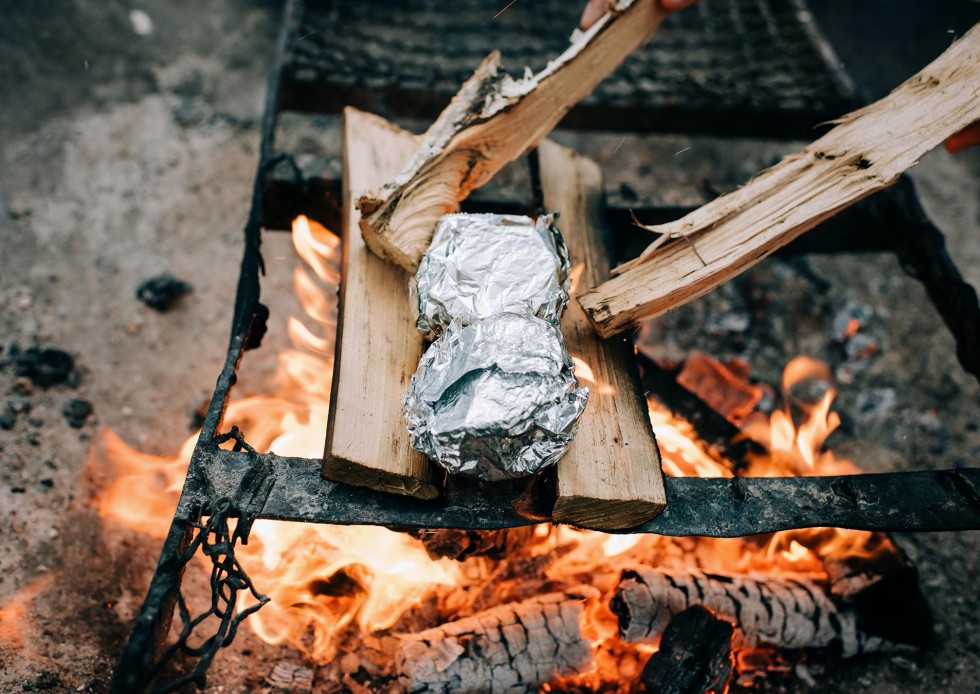

 Previous blog
Previous blog 